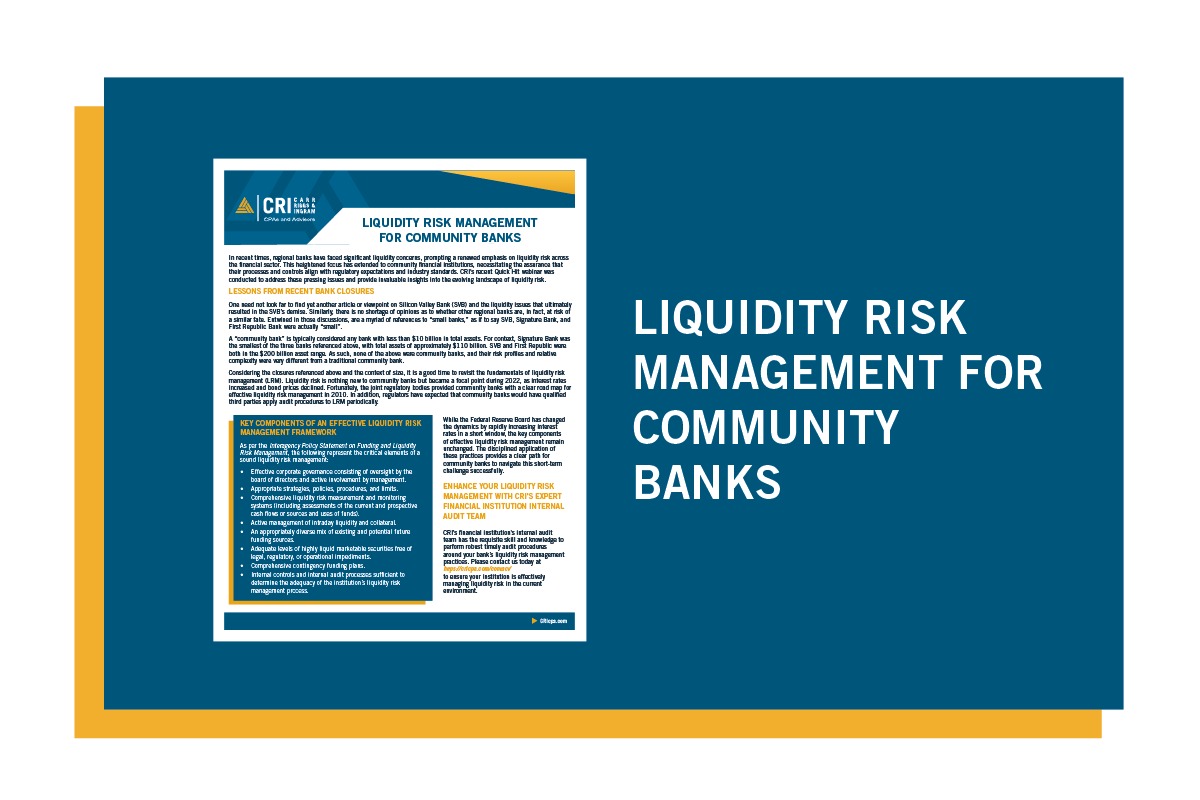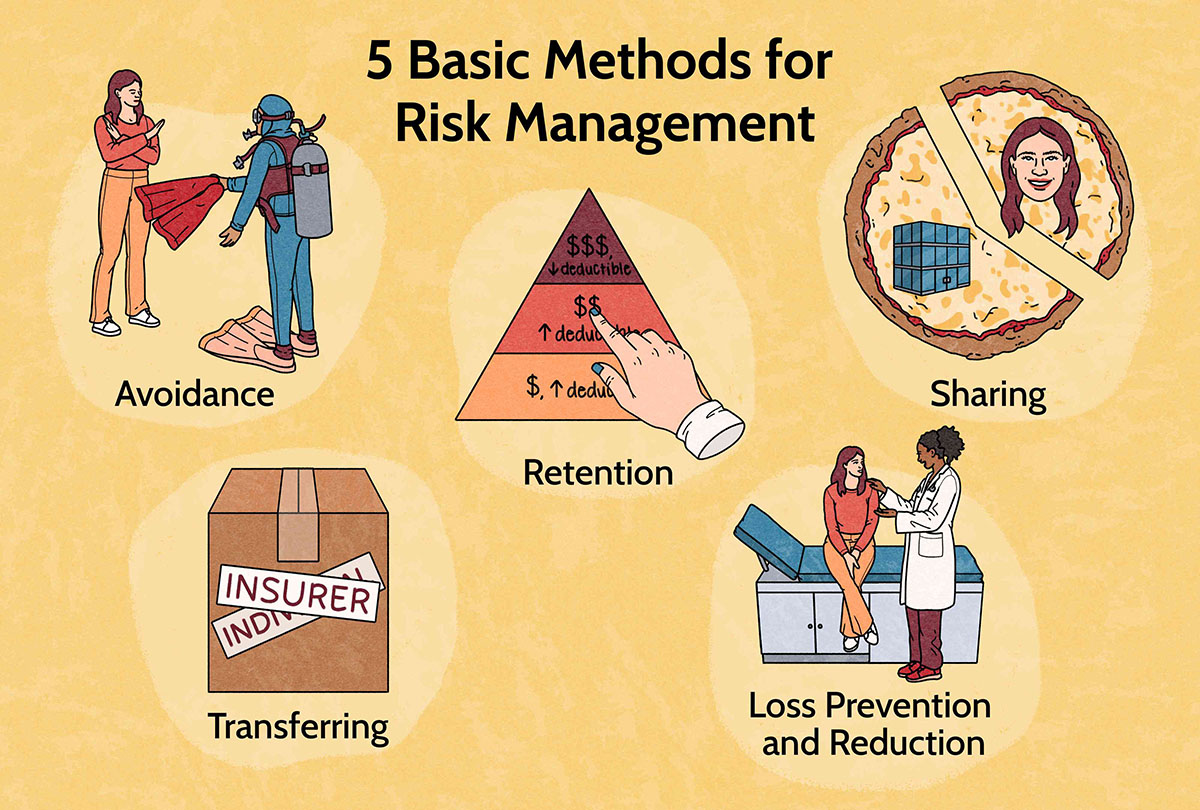Home>Finance>Lockbox Banking: Definition, How It Works, Risks, And Cost


Finance
Lockbox Banking: Definition, How It Works, Risks, And Cost
Modified: December 30, 2023
Learn about lockbox banking in finance: its definition, how it works, associated risks, and cost. Gain insights into this efficient financial management tool.
(Many of the links in this article redirect to a specific reviewed product. Your purchase of these products through affiliate links helps to generate commission for LiveWell, at no extra cost. Learn more)
Lockbox Banking: Definition, How It Works, Risks, and Cost
Are you a business owner looking to streamline your financial processes? If so, lockbox banking might be the solution you’ve been searching for. In this blog post, we’ll dive into the world of lockbox banking, exploring its definition, how it works, the potential risks involved, and its cost. By the end, you’ll have a comprehensive understanding of this financial service and whether it’s the right fit for your business.
Key Takeaways:
- Lockbox banking is a service offered by banks to help businesses receive and process payments more efficiently.
- By redirecting customer payments to a unique post office box, banks can collect, process, and deposit payments on behalf of businesses in a secure and timely manner.
What is Lockbox Banking?
Lockbox banking is a financial service provided by banks to expedite the collection and processing of payments for businesses. It involves redirecting customer payments from a business’s mailing address to a unique post office box controlled by the bank. The bank then collects, processes, and deposits the payments into the business’s account, allowing for faster access to funds and more efficient cash flow management.
How Does Lockbox Banking Work?
Here’s a step-by-step breakdown of how lockbox banking works:
- Businesses set up a specific post office box dedicated to receiving customer payments.
- Customers send their payments to the designated lockbox address instead of the business’s main office location.
- The bank retrieves the payments from the lockbox multiple times a day.
- Bank employees open and sort the payments, often using automated technology to expedite the process.
- The bank deposits the funds into the business’s bank account promptly.
- Businesses receive detailed reports from the bank, outlining the payments received and any associated information.
What are the Risks and Benefits of Lockbox Banking?
Like any financial service, lockbox banking has its potential risks and benefits to consider:
Risks:
- Potential for errors during the payment processing and data entry stages
- Dependency on the bank’s efficiency and accuracy in handling the payments
- Possible delays in the funds being available due to any issues in the lockbox banking process
Benefits:
- Quicker access to funds, improving cash flow management
- Reduced internal processing costs and improved efficiency
- Enhanced payment visibility and reporting through detailed bank statements
- Mitigation of the risk associated with handling large volumes of payments
What is the Cost of Lockbox Banking?
Lockbox banking costs can vary depending on several factors, such as the nature of your business, the volume of payments processed, and the specific bank offering the service. Generally, businesses can expect to incur fees for lockbox setup, lockbox maintenance, processing of payments, and reporting. These fees are typically outweighed by the benefits of improved cash flow and streamlined payment management.
If you want to explore lockbox banking for your business, it’s recommended to reach out to your bank or financial institution to discuss the available options, costs, and benefits specific to your needs.
Unlock the potential of lockbox banking, and revolutionize your payment processes today!














